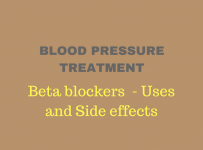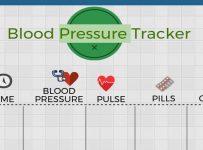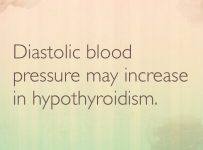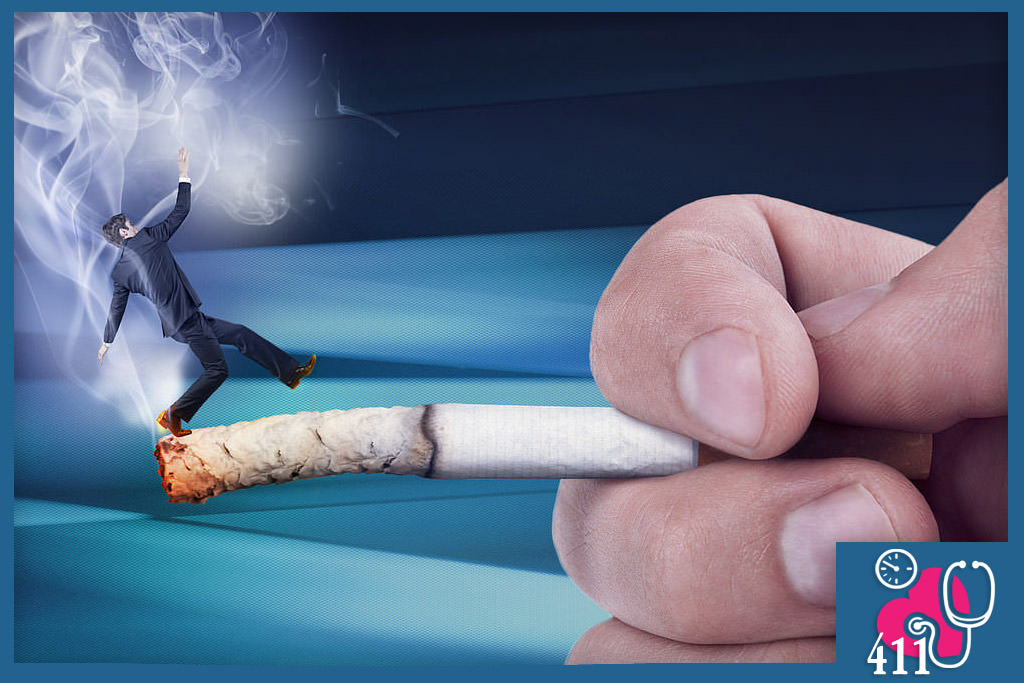Life style changes like smoking cessation constitute the mainstay of prevention and treatment of high blood pressure. Tobacco use, either as cigarettes or chewing tobacco is considered as one of the most important etiologic factors in the development of hypertension. For most chronic smokers the idea of giving up smoking for good does not outweigh the potential harm in blood pressure although there are many affordable and worthwhile options available for those who wish to quit smoking.
How Does Smoking Affect Blood Pressure?
During smoking the inhaled tobacco byproducts enter blood circulation first through the mouth mucosa and then through the lungs.
The long term impact of smoking on blood pressure is mainly the result of progressive damage on blood vessel walls especially the arteries. Arteries are hollow tubes responsible for the transport of blood from heart towards the organs and their wall is normally pliant. Chronic tobacco use renders them hard and rigid faster than normal aging does and so unable to expand enough to accommodate the circulating blood.
The short term effects of smoking on blood pressure are mainly the result of blood vessel constriction (vasoconstriction) and altered brain chemistry. Vasoconstriction is a reaction of normal arteries in response to certain noxious stimuli like tobacco. The constricted vessel becomes a very narrow passage for the blood so the blood passes through it under higher pressures. On the other side because nicotine is biochemically similar to a neurotransmitter called achetylcholine, may end up in controlling certain brain and muscle functions by occupying achetylcholine receptors in brain and muscles. The tiny muscles of arterial walls again respond with constriction while the ability of brain to regulate blood pressure becomes compromised.
Methods to Quit Smoking
Quitting smoking is a healthy decision that may significantly change your life, considering that many chronic smokers have associated smoking with every aspect of daily activities. The extent of this association determines which method of smoking cessation is the most suitable for you. For example if you deem that smoking up regulates your productivity in a certain way or that that is a good stress reliever, the “cold turkey” method may not work for you.
This method although hard to adopt, is considered one of the most effective once you become compliant with that.

Nicotine fading is a method of quitting smoking by gradual cessation (i.e. slowly going from 2 packs a day to 1 pack, to 3 cigarettes per day, and finally none). It is a natural way to eliminate tobacco use, since it does not implicate the use of any traditional or alternative drugs.
Nicotine replacement therapies (NRT) use the same concept as nicotine fading but in conjunction to specific drugs biochemically similar to nicotine. These medications come in 3 forms: nicotine gum, transdermal nicotine patch, and nicotine lozenge products, which are included in the List of Essential Medicines of WHO and are FDA approved. All of the above methods aim in progressive desensitization to nicotine with the least withdrawal symptoms.
Nicotine gum was based upon the idea that chewing gum is a distractive activity for many people. Each gum contains 2 – 4gr of nicotine that is equal to that contained in 2 cigarettes.
Nicotine lozenges are another smoking deterrent that acts by providing low levels of nicotine.
Transdermal patches contain a certain amount of nicotine (7to 21mg per patch) that is delivered gradually to the blood through microcirculation.
Electronic cigarettes are another option but do not always eliminate the “hand-to –mouth” habit that has been developed over time. An electronic cigarette is a battery operated device that is refillable with flavoured nicotine cartridges. The difference with classic cigarette is that the electronic cigarette does not contain all the byproducts like tar for example and the amount of nicotine in the cartridge is progressively decreased.
Which method is the most suitable for you is a matter of your social life, work and personal motivation. A good suggestion would be to begin with nicotine chewing gum but keep in mind that it has to be carefully used in order to avoid nicotine major side effects as intoxication.
How to Prevent Smoking Cravings
Although during smoking cessation there is a constant need for nicotine, it usually decreases in intensity over several weeks after quitting. The intense desire to smoke is the result of your body addiction to regular shots of nicotine and because it can remain strong even after several months of quitting, it may be the hardest to deal with.
- Choose to go to places where smoking is not allowed: Libraries, museums, theaters are ideal places for a walk if you do not want to confront with other smokers.
- Make a handy list of things that you would do instead of smoking and save it on your phone so you could reach it every time you need.
- Remember that the majority of people do not smoke.
- Try to use public transportation instead of driving your car
- Avoid habits connected with smoking like watching TV or limit PC time.
- If you live with someone who smokes ask him/her to avoid smoking around you
- Keep your hands busy: scroll through your phone, play with a pencil, straw or a rubber band.
- Limit beverages that are usually accompanied by cigarette like coffee or alcohol. Alcohol and coffee are considered the main cause of sudden bursts of urge to smoke.
- Tell your friends and family that you are trying to quit smoking, so they have to be supportive.
- Consider your existing health issues like hypertension and think how the negative contribution of tobacco could aggravate them.
- Every time you confront with the urge to smoke, use the method of controlled deep breathing. Take a deep breath hold it for 3 seconds and exhale slowly. This is supposed to relieve symptoms of smoking withdrawal by resulting in a sensory and motor experience similar to the act of smoking.
- If certain method for smoking cessation does not work for you discuss the alternatives with your doctor. In many cases a combination of two or more methods may be necessary to achieve results.
















